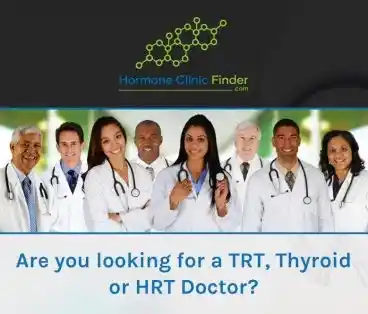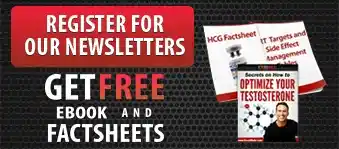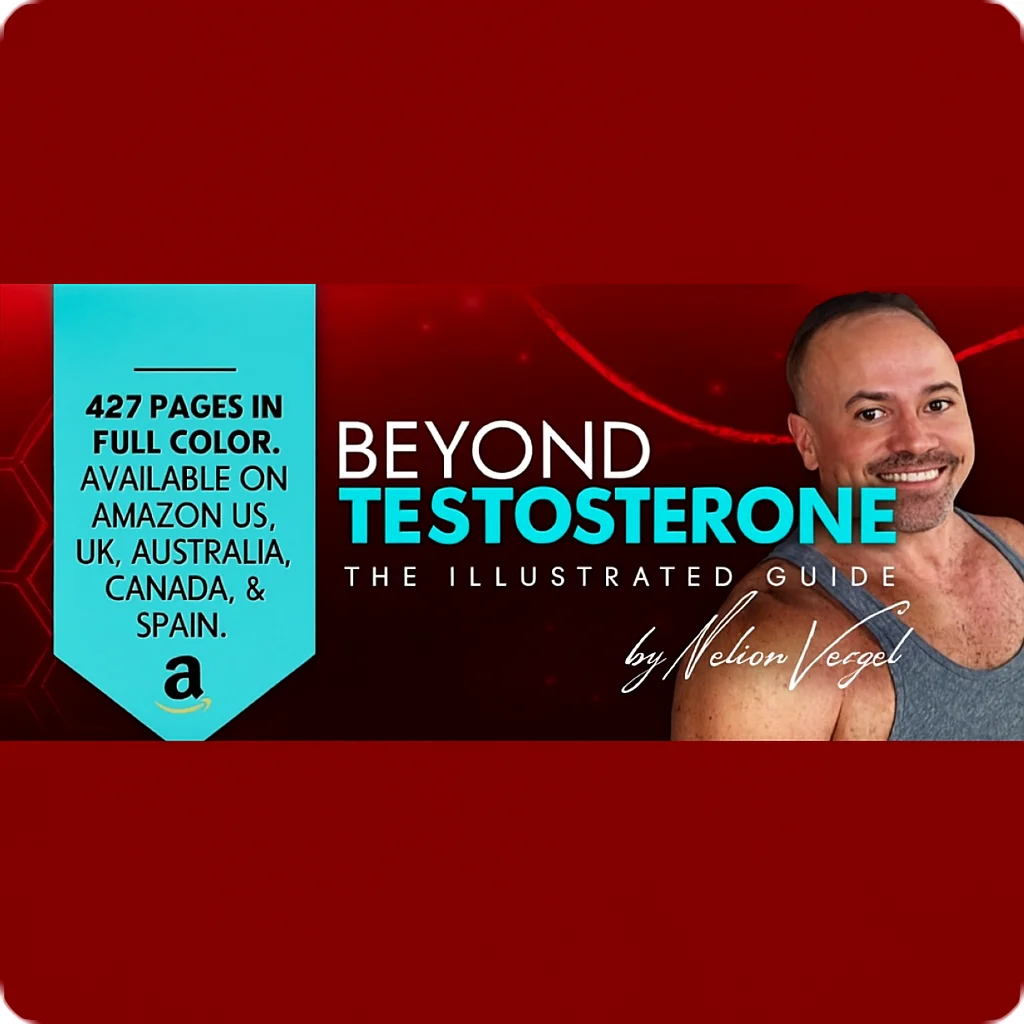PrimaryHypogonadismHell
New Member
Hi everyone,
I have primary hypogonadism and need your help, i am less than 35 years old and no children so i would like to preserve the little sperm production i have.
My numbers for the 2 last years are similar to my last bloodwork and sperm test which are:
Total testosterone at 170 ng/dL
LH: 30
FSH: 24
Sperm count: 5 millions/ml
The doctor wants to start me at 25mg of TE per week, which i think is extremly low.
He says that since i am primary, this dosage will "add up" to my low natural production while preserving the remaining fertility. He says LH and FSH levels will much likely remain high even with low dose exogenous testosterone.
His goal is to improve metabolic health and bones/heart health while not hurting the residual fertility i currently have
He believe this low dosage will probably increase my test level to 300-400ng/dl while preserving fertility. He says that if 3 months after starting injections, my lh and fsh levels are still high enough and if sperm count has not decreased, we can increase the dosage to 37.5mg per week and aim for 500-600ng/dl test level. But he said that according to his experience, 50mg per week can decrease lh and fsh too much even in primary hypogonadism.
What do you think of this protocol? I am lost because i have never heard of this.Can you confirm that low dose exogenous testosterone will not decrease fsh and lh much for primary hypogonadism?
Thank you for your help!
I have primary hypogonadism and need your help, i am less than 35 years old and no children so i would like to preserve the little sperm production i have.
My numbers for the 2 last years are similar to my last bloodwork and sperm test which are:
Total testosterone at 170 ng/dL
LH: 30
FSH: 24
Sperm count: 5 millions/ml
The doctor wants to start me at 25mg of TE per week, which i think is extremly low.
He says that since i am primary, this dosage will "add up" to my low natural production while preserving the remaining fertility. He says LH and FSH levels will much likely remain high even with low dose exogenous testosterone.
His goal is to improve metabolic health and bones/heart health while not hurting the residual fertility i currently have
He believe this low dosage will probably increase my test level to 300-400ng/dl while preserving fertility. He says that if 3 months after starting injections, my lh and fsh levels are still high enough and if sperm count has not decreased, we can increase the dosage to 37.5mg per week and aim for 500-600ng/dl test level. But he said that according to his experience, 50mg per week can decrease lh and fsh too much even in primary hypogonadism.
What do you think of this protocol? I am lost because i have never heard of this.Can you confirm that low dose exogenous testosterone will not decrease fsh and lh much for primary hypogonadism?
Thank you for your help!













